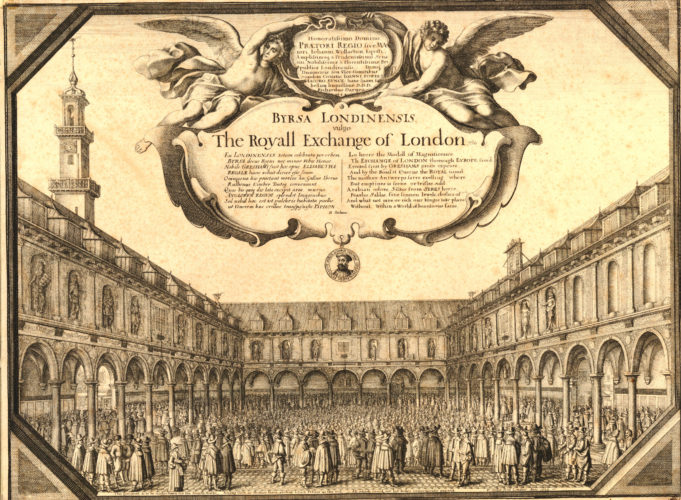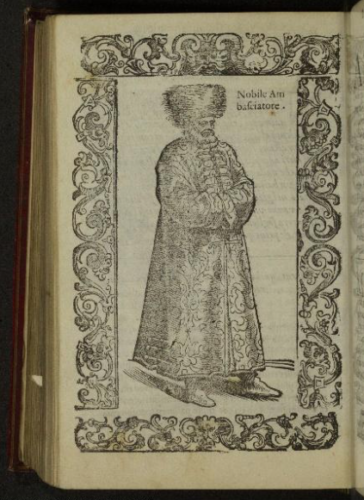The Royal Exchange of London was founded by the merchant Thomas Gresham in 1568, and officially inaugurated by Queen Elizabeth, in 1571, as the commercial centre for the city of London. But it was also meant to be a forum for merchants to meet and exchange news from all corners of the world. Featuring in London plays such as William Haughton’s Englishmen for my Money, or Thomas Heywood’s The Fair Maid of the Exchange, the Royal Exchange was a prominent London landmark, representing trade in commodities as well as in global knowledge. The question that Solanio puts to Salerio in Shakespeare’s The Merchant of Venice, anxious to know the fate of the ships of their mutual friend and fellow-trader, the well-regarded merchant Antonio - ‘What news on the Rialto?’- pitches into the excitement, uncertainty and urgency of commercial knowledge. The Rialto was famous for being a hub of international trade, and the site of the Banco della Piazza di Rialto, in a sense the first modern bank of Europe. Salanio’s question, thus, not only indicates the stakes of the news of maritime ventures, but also highlights the importance of place in the new mercantile culture.
The London Royal Exchange consisted of an open courtyard surrounded by a colonnade walk on all four sides. Above the colonnade was a second storey with small shops selling a wide variety of merchants’ wares. Twice a day, in the morning and in the late afternoon, the bell in the tower on the left rang to call merchants from across Europe to come together to do business. The space within the Exchange was, to some extent, ‘mapped’ geographically: contemporary accounts note that merchants of different nationalities set up their stations in specific areas, making them easy to find in the general mêlée. The site became a prominent London landmark, and by the 1630s it was known as the ‘Eye of London’: a place to see and be seen. This engraving by Wenceslaus Hollar captures a sense of the crowds who would throng the Exchange.
Click on a figure for more information.














